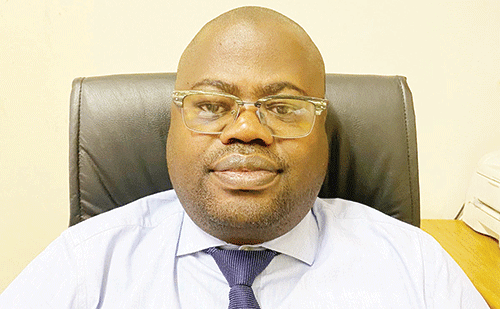Allow me once again to share my opinion aimed at suggesting ways to improve academic performance at senior secondary schools.
In Namibia, we have a community of teachers who are qualified in subject teaching and are deployed in schools to facilitate learning. However, the mischief is that learners’ academic performance at that level is bottlenecked.
Having the knowledge of educational theories of learning, through which most teachers subscribe, I remain sceptical about whether much has been exploited to find a solution to this problem.
One of the theories of education that is coming broadly into space is Communities of Practice. The history and definitions of community of practice were developed by Wenger in 1991.
A community of practice is defined by a shared domain of interest. Membership therefore implies a commitment to the domain and a shared competence that distinguishes members from other people. (Busch-Jensen, 2014).
Communities of practice involve a shared practice. Lave and Wenger (1991) therefore described communities of practice as something that is created over time through a process of legitimate peripheral participation. Legitimation and participation together define the characteristic ways we belong to communities whereas peripherality and participation are concerned with our location and identity in the social world (Lave & Wenger, 1991).
During the process of the latest curriculum review in Namibia, many Namibians still linger with questions that have been answered time and again.
Parents still lament for their children who effortfully go to school and come back with undesirable results at the end of the year either in the National Senior Secondary Certificate Ordinary level (NSSCO) or Advanced Subsidiary (AS).
Therefore, a change in operational practice for our teachers is inevitable. Teachers need to intensify collaboration and sharing of expertise at regulated platforms in their clusters, circuits, regions, and national space. Teachers may form established communities of practice where they share knowledge, ideas, and skills in their subject domains.
Learning is not something reserved for special occasions or settings. Learning takes place all the time. It is an inherent and social aspect of our participation in social practices.
Communities of practice, therefore, comprise a complex interrelatedness between people’s development of identity, community, and participation in social life. In pursuing their interest, teachers engage in joint activities and discussions, help each other, and share information. They build relationships that enable them to learn from each other. Hence communities of practice are constituted by a mutual engagement and a joint enterprise.
Members of a community of practice are therefore practitioners. They develop a shared repertoire of resources: experiences, stories, tools, and ways of addressing recurring problems, in short, a shared practice.
A social practice that cannot be understood as merely cognitive, instrumental, or task-orientated. Social practice constitutes a social entity in which any clear distinction between the subject and world, thinking and action, the individual and the community, are lifted. Shared practices weave together the participant’s learning, cooperation, identity, and community.
Our teaching community may find this unappealing and uncomfortable; some may regard limitation in resources as the main challenge. This practice is seen to be effective in many societies. It is not done until it is done. As much as some teachers may think it is already being implemented, it is prudent to find out why progress is not sufficient in their classroom instruction.
I conclude by suggesting that regulated communities of practice in secondary school teachers can influence academic improvement.
*Costar Musunga is a Chief Education Officer in the Zambezi region and an academic writer in an individual capacity.


